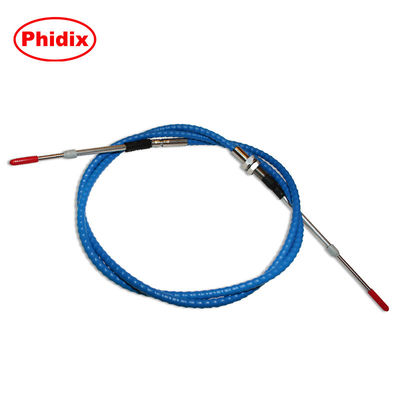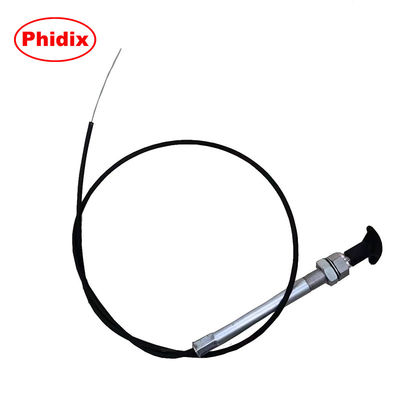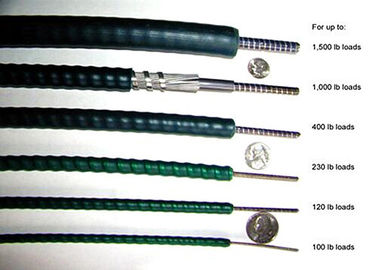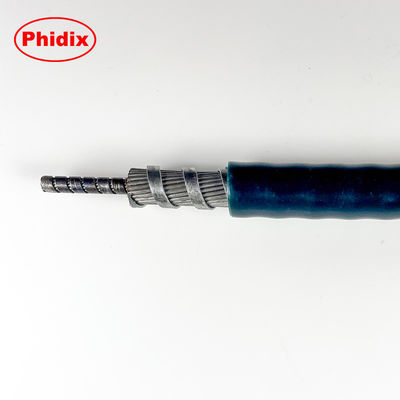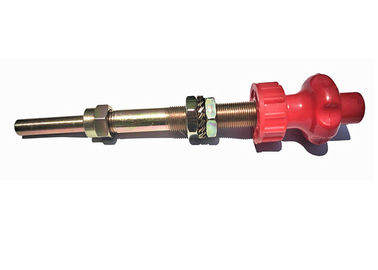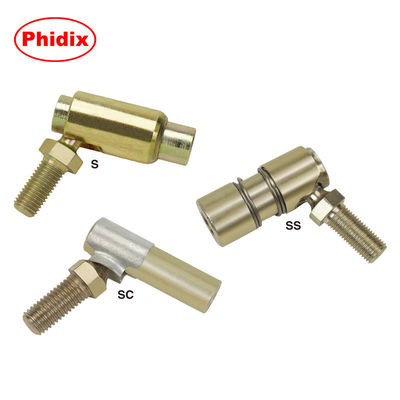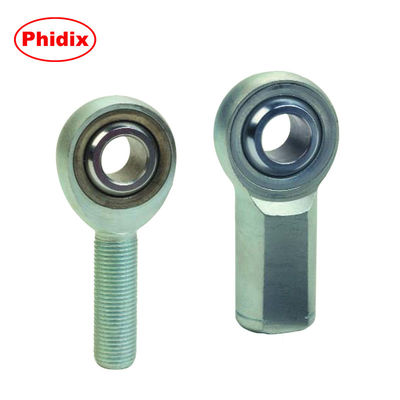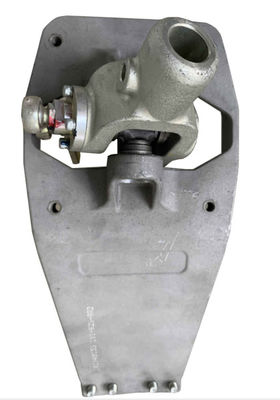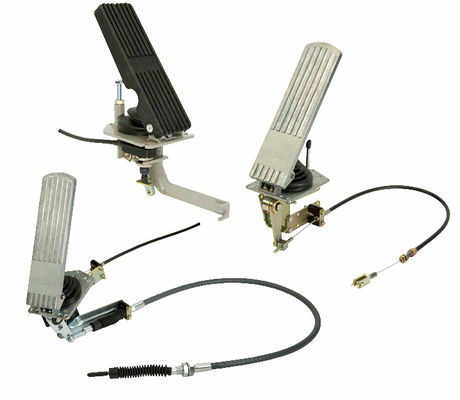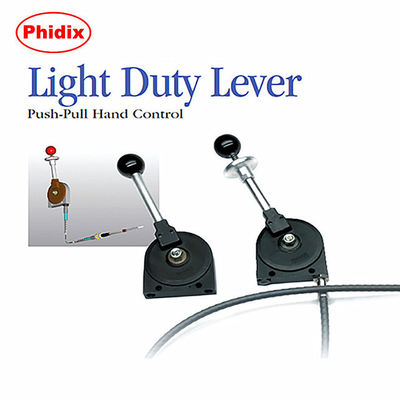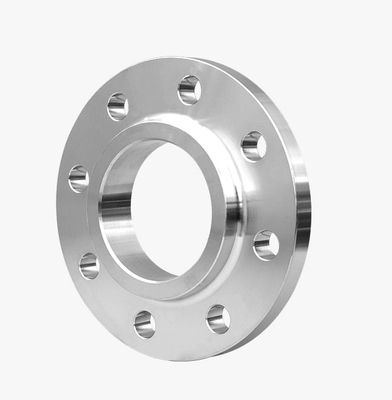As engineers and industrial designers, selecting the right push-pull cable system for your machinery or equipment is critical to ensuring longevity, efficiency, and safety. One of the most common challenges in these applications is managing travel limits to prevent core buckling—a failure mode that compromises performance and durability. Below, we analyze how push-pull cables behave in different scenarios and provide actionable recommendations to mitigate risks.
Durable Push Pull Control Cable , Customize All Kinds Of Control Cable Assembly
Understanding Core Buckling in Push-Pull Cables
Push-pull cables transmit linear motion through a flexible core housed within an outer sheath. While highly versatile, their performance hinges on maintaining structural integrity under load. Core buckling—when the internal core bends or kinks under compressive forces—is a primary concern. This risk escalates with longer travel distances and smaller core diameters, leading to energy loss, reduced precision, and eventual failure.
Performance Variations Across Applications
- Light-Duty Applications
Typical uses: Automotive controls, marine throttle systems, medical devices.
Behavior: Light loads allow longer travel (up to 5") without significant buckling risks. However, smaller cores (e.g., <2mm diameter) still require caution.
Recommendation: Stick to the 5" travel limit unless diameter constraints demand shorter strokes.
- Medium-Duty Applications
Typical uses: Industrial machinery, agricultural equipment, HVAC controls.
Behavior: Higher axial loads increase buckling potential, even within 5" travel. Friction from frequent cycling can amplify wear.
Recommendation: Use reinforced cores and limit travel to 3–4" for dynamic, high-load environments.
- Small-Diameter Core Scenarios
Typical uses: Robotics, precision instruments, compact actuators.
Behavior: Thin cores (e.g., 1–1.5mm) are inherently less rigid, making them prone to buckling even with minimal travel.
Recommendation: Restrict travel to ≤2" and pair with low-friction sheaths to reduce resistance.
Critical Design Considerations
To avoid performance trade-offs, engineers must:
- Calculate Critical Load Limits
Use Euler’s buckling formula or manufacturer-provided data to assess maximum safe travel for your core diameter and material.
- Prioritize Low-Friction Components
Opt for lubricated liners or polymer-coated sheaths to minimize resistance, especially in high-cycle applications.
- Test Prototypes Under Real Conditions
Simulate worst-case scenarios (e.g., misalignment, temperature extremes) to validate travel limits.
Final Recommendations
- For most light/medium loads: Adhere to the 5" travel cap.
- For small cores or heavy loads: Reduce travel proportionally and upgrade to high-strength materials (e.g., stainless steel).
- Always conduct application-specific analysis: Balance travel length, core diameter, and load capacity early in the design phase.
Push-pull cables are indispensable in motion control systems, but their success depends on meticulous engineering. By understanding how core stability varies with application demands, you can optimize performance, reduce downtime, and extend service life. For tailored solutions, consult with technical experts to match cable specifications to your operational requirements.
Whatsapp:+8615026860702 Email:lisa.tu@phidixglobal.com

 Your message must be between 20-3,000 characters!
Your message must be between 20-3,000 characters! Please check your E-mail!
Please check your E-mail!  Your message must be between 20-3,000 characters!
Your message must be between 20-3,000 characters! Please check your E-mail!
Please check your E-mail! 
